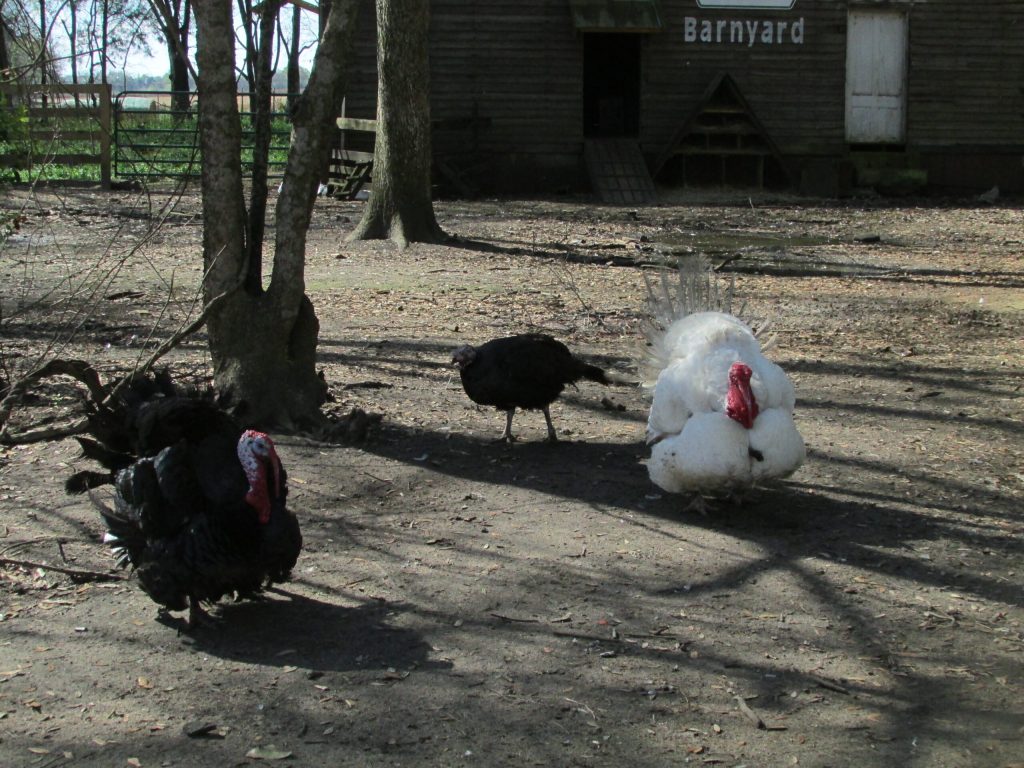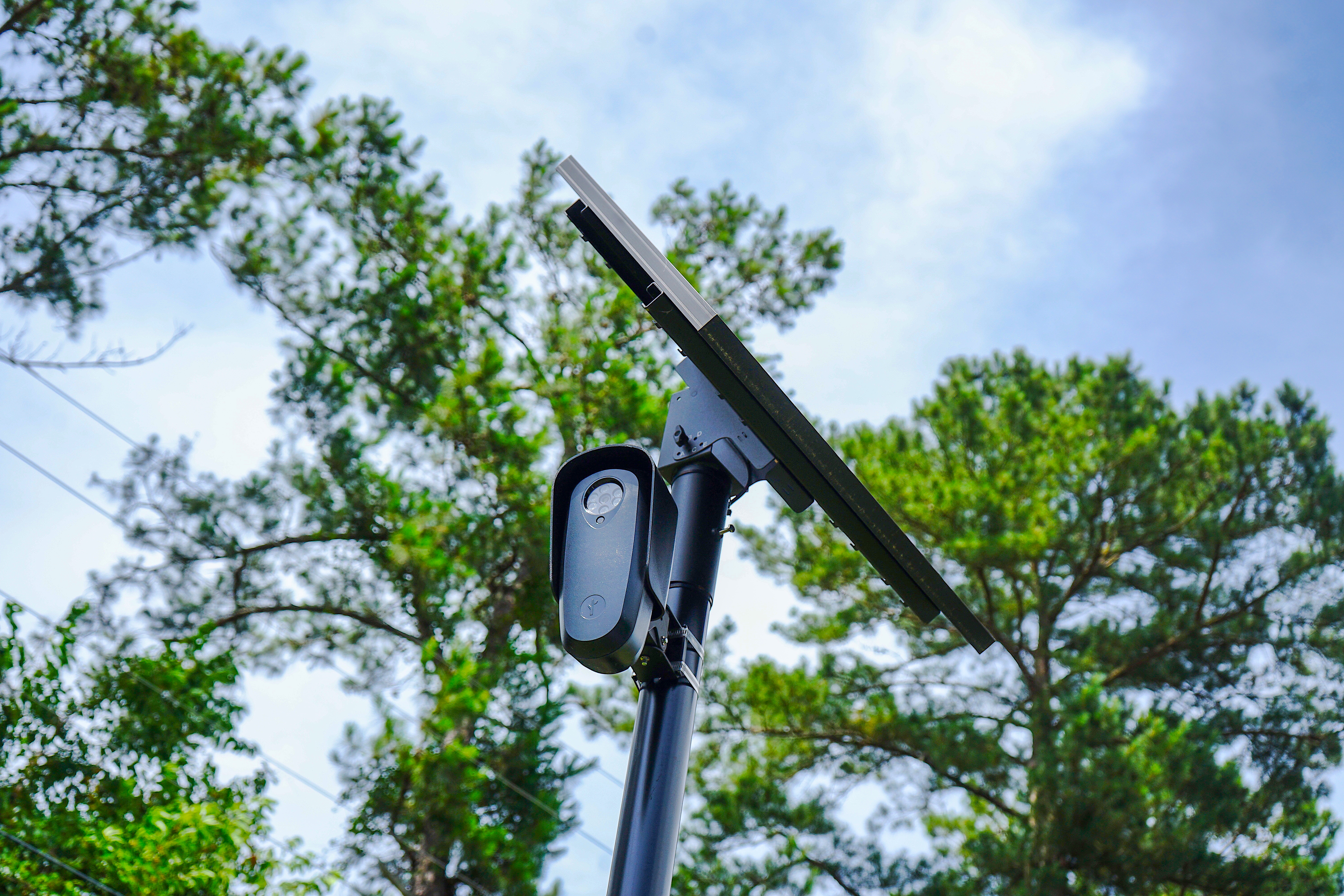Thanksgiving Legends and History
Published 6:18 pm Monday, November 25, 2024

- Everyone dreams of that perfect turkey.
|
Getting your Trinity Audio player ready...
|
There are many stories and legends about the origins of Thanksgiving and its most popular food, the turkey. While researching the beginning of this holiday, and the eating of the turkey, I found that there are quite a few versions about this day. I thought you would like to share them with me.
Seems that the Thanksgiving that was celebrated by the Pilgrims, was not the first one here in America. There is evidence that an earlier harvest celebration, put on by the Spanish explorers in Florida, took place on September 8th 1565, in St. Augustine. It, too, was a sharing of a bountiful harvest with the Indians who lived there. Next, is the documentation of a Thanksgiving feast in the Commonwealth of Virginia as early as 1607, and another in 1619. Turkey was mentioned at all of these great meals.
The story of the feast of Thanksgiving that has survived the test of time was the one that was celebrated at Plymouth, Massachusetts in 1621. Here, it was a major event before it caught on throughout the United States. It is believed that it was started by the Pilgrims and now is celebrated in millions of American homes. I think that the phenomenon of this holiday and what it has now become, would be a big surprise to the Pilgrims. In their diaries, they wrote about thousands of happenings that took place in their first five years in America, but hardly nothing about this now famous feast. They didn’t record the date or even call it Thanksgiving. They didn’t even specify that turkey was served, nor did the Pilgrims intend to share in the bounty of that harvest with the Indians. The Wampanoag Indians, about ninety of them, showed up unannounced. This almost tripled the number of people that were there.
In reality, the Pilgrims did not even have half of the food that they would have needed to keep their colony from starving over the up-coming winter and starvation was their major enemy. Noticing the shortage of food, the Indians went out and hunted deer, adding venison to the menu. For the Indians, at harvest time they always held a feast of sharing and friendship. This is when they thanked their gods for their food. This first Thanksgiving with the Pilgrims lasted three days. Fish was also abundant and corn prepared in several ways. There is no mention of our popular side dishes, like the dressing or cranberry sauce.
Did you ever wonder what happened to the Pilgrims after that? Well, I found this time line while I was researching: *1621-over dinner with some of their Native American guests and gave thanks for their welfare. They also built a meetinghouse. *1634-forbade wearing gold and silver lace. * 1639 started Harvard College. *1640 set up a printing press. *1647-hanged a witch known as Alse Young, the first person to be executed for witchcraft in the thirteen colonies. * 1704-printed the first newspaper in Boston. *1721-were inoculated for smallpox. * Declared themselves to be free and independent.
As you can see, they did go off track a couple of times but did come back to the right path.
As with happened to a lot of the earlier celebrations, it was forgotten for many generations. Then, Sarah Josepha Hale of New Hampshire, discovered a diary called, “History Of Plymouth Plantation”, written by William Bradford, a governor of the Colony. Even though it was written some twenty-five years after the happening, it became the go-to book on Thanksgiving.
Now, the holiday of Thanksgiving in the United States became popular again and was observed on various dates throughout history. A day of Thanksgiving was declared in 1777, by the Continental Congress. After that, interest in that day seemed to fall away. The next time it was designated a holiday was in 1815. However, once again, it dropped off the calendar. Records show that in 1863, Thanksgiving was celebrated nationally and on a fixed day. This was the result of an effort by President Abraham Lincoln to try to bring a separating America back together again. However, the holiday was only celebrated in certain areas.
By the beginning of the twentieth century, the final Thursday in November had become the customary day of Thanksgiving in most states. However, it was not until December 26, 1912, that President Theodore Roosevelt set the official date of Thanksgiving as the fourth Thursday in November. It was not until after World War I, that the Pilgrims and Indians dining together became a popular theme for the holiday.
So, where does the turkey come in? Some say that the Pilgrims did not have turkey, but lots of vegetables and fruits as well as sea-food at this first celebration. However, in the account written by Bradford, wild turkey was mentioned among the foods served. Even though this book was not written when the Pilgrims first landed, it is believed to be an accurate document. Bradford’s writings were stolen by the British during the Revolutionary War, sometime around 1778. Later, in 1854, they were recovered and returned.
Today, the turkey is the most popular symbol of the holiday. This is believed to have been brought about in 1841, by Alexander Young who said that the wild turkey was served at all Thanksgiving dinners. Some say that this is only because this tasty bird could be very large and thus was commonly served at large gatherings, like annual family reunions. Then, during the second half of the nineteenth century, Thanksgiving was more commonly symbolized by its New England origins and at this dinner, wild turkey was served.
In the early 1900s, because of extensive hunting, wild turkeys were in danger of extinction. They were not only hunted for their tasty meat, but for their colorful feathers which had become a fashion at this time. Conservation efforts helped bring the species back and now it thrives. Today, North America is home to over seven million wild turkeys. According to a survey done by the National Wild Turkey Federation, nearly 88 percent of Americans eat turkey, either domestic or wild, at Thanksgiving.
Here are some interesting facts about the wild turkey. Though they are a large bird, they can run about 25 miles per hour and can fly as fast as 55 miles per hour. The largest known wild turkey was a male that weighed 37 pounds.
On the other hand, a domestic tom turkey can weigh up to 50 pounds and a domestic female turkey, called a hen, can top the scale at up to 16 pounds. The baby turkey is called a poult, chick or even a turklette.
More than five thousand feathers covers the body of an adult turkey. This plumage keeps them warm and dry and helps with flying. Only a turkey’s head and upper neck are featherless. This is because they cannot clean this area and if it were not only skin, the bird could develop many types of diseases. Also, since birds clean each of their feathers daily, the wild turkey is very busy with the feathers that he has.
Only male turkeys, or toms as some folks call them, can make a sound known as a gobble. They mostly do this in the spring and fall. It is a mating call and attracts the hens. The wild turkey can also gobble when they are surprised by loud sounds and when they settle in for the night. The wild turkey can make at least 30 different calls!
Now, on to the underside of the turkey’s beak, there is a gathering of loose, red skin that is called a waddle. When the male turkey is excited, especially when its mating season, the waddle turns a scarlet red. The fleshy flap of skin that hangs over the gobbler’s beak is called a snood and also turns bright red when the bird is excited.
All male turkeys grow a cluster of long, hair-like feathers called beards. They come out from the center of their neck and are made up of keratin bristles. Keratin is the same substance that forms hair and horns on other animals. About 1 in 10 females have beards, too. Wild turkeys stay in flocks of up to sixty birds. This provides them with protection.
The average life span of a wild turkey is three or four years. It generally feeds on seeds, nuts, insect and berries. The average life span of a domestic turkey, from birth to freezer, is 26 weeks! During this short period of time, it will eat about 75 pounds of vitamin enriched turkey food.
There is an interesting legend about the Thanksgiving Day turkey. When Tad Lincoln, the youngest son of President Lincoln, was 10 years old, he loved every animal that came into his sight. At this time, it created quite a dilemma for the President. Seems that in late 1863, just before Thanksgiving was resumed, a live turkey was sent to the White House. Its ultimate goal was to be the star of the Thanksgiving Day dinner.
Meanwhile, Tad developed quite a deep affection for the doomed bird. In no time, he had taught the turkey, which he had named “Jack”, to follow him wherever he went. The two became inseparable.
Early on Thanksgiving morning, Tad wandered into the White House kitchen. He was very surprised to see Jack caged. When he asked why, the cook told him that the turkey was about to be killed and turned into dinner.
Tad couldn’t believe what he heard! He immediately ran upstairs to talk to his father, who was holding a cabinet meeting.
Suddenly, the door burst open and a very upset Tad came in. Crying loudly, he told the President that the turkey was about to be executed. Tad sobbed, “Jack must not be killed! It is wicked!”
To this, Lincoln replied, “Jack was sent here to be killed and eaten. I can’t help it.”
However, Tad was not ready to give up. He began to explain that Jack was one of God’s creatures and should be spared. After all, Jack was a good turkey. Tad then added emphatically, “I do not want him to be killed!”
Lincoln considered his son’s argument. Picking up a quill pen and paper, he wrote a note to the White House chef. It was an official pardon from the President of the United States. He ordered that Jack be remanded into Tad’s custody.
Smiling, he thanked his father, then rushed down the stairs hoping it wasn’t too late. Once in the kitchen, Tad handed the chef the note. He looked at it with disbelief. He then shook his head and opened the cage to release Jack. Tad took Jack into his arms hugging him and talking to him in a soothing voice. Then the two happily left the kitchen, leaving the chef to wonder what he would now cook for the celebration.
Neither father nor son realized that they had started a tradition. Tad just wanted to save the life of his feathered friend. Since Jack’s pardon, other presidents have done the same, for it has become a tradition to pardon the White House turkey and release it into a National Park where it will be protected.
A couple of things, that I could not find out about Thanksgiving, is when did the phenomenon of “shop till you drop” Black Friday, TV football the Thanksgiving Day parade, and the power nap start. Maybe next year I will know.
So, when you sit down with your family for that wonderful holiday meal, include a thanks for the turkey.
HAPPY THANKSGIVING EVERYONE!!!!





